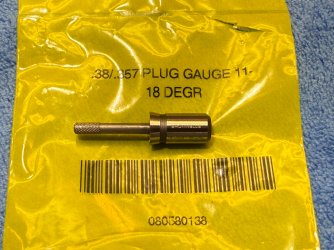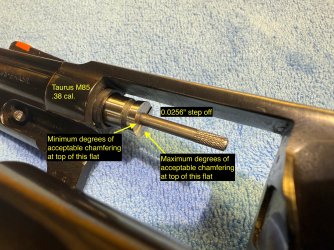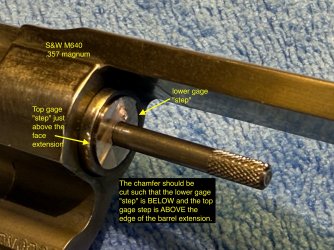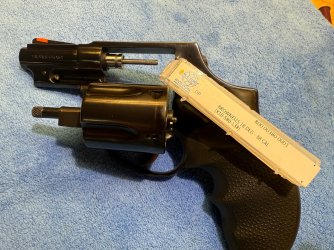-BTM-
Member
First off, is the degree # the included angle or degrees from parallel to the bore?
What’s the S&W factory angle?
What’s the S&W factory angle?






I agree whole heartedly! I have used a few different angles over the years and quite honestly I've found no discernible difference. As WR Moore posted above, the finish on the cut matters more than the actual angle. That has been my personal experience.Post just above got it right. For most of us, the actual angle doesn't matter much. Concentricity, depth and surface finish matter more. You need a bore riding pilot bore sleeve just ahead of the cutter.
